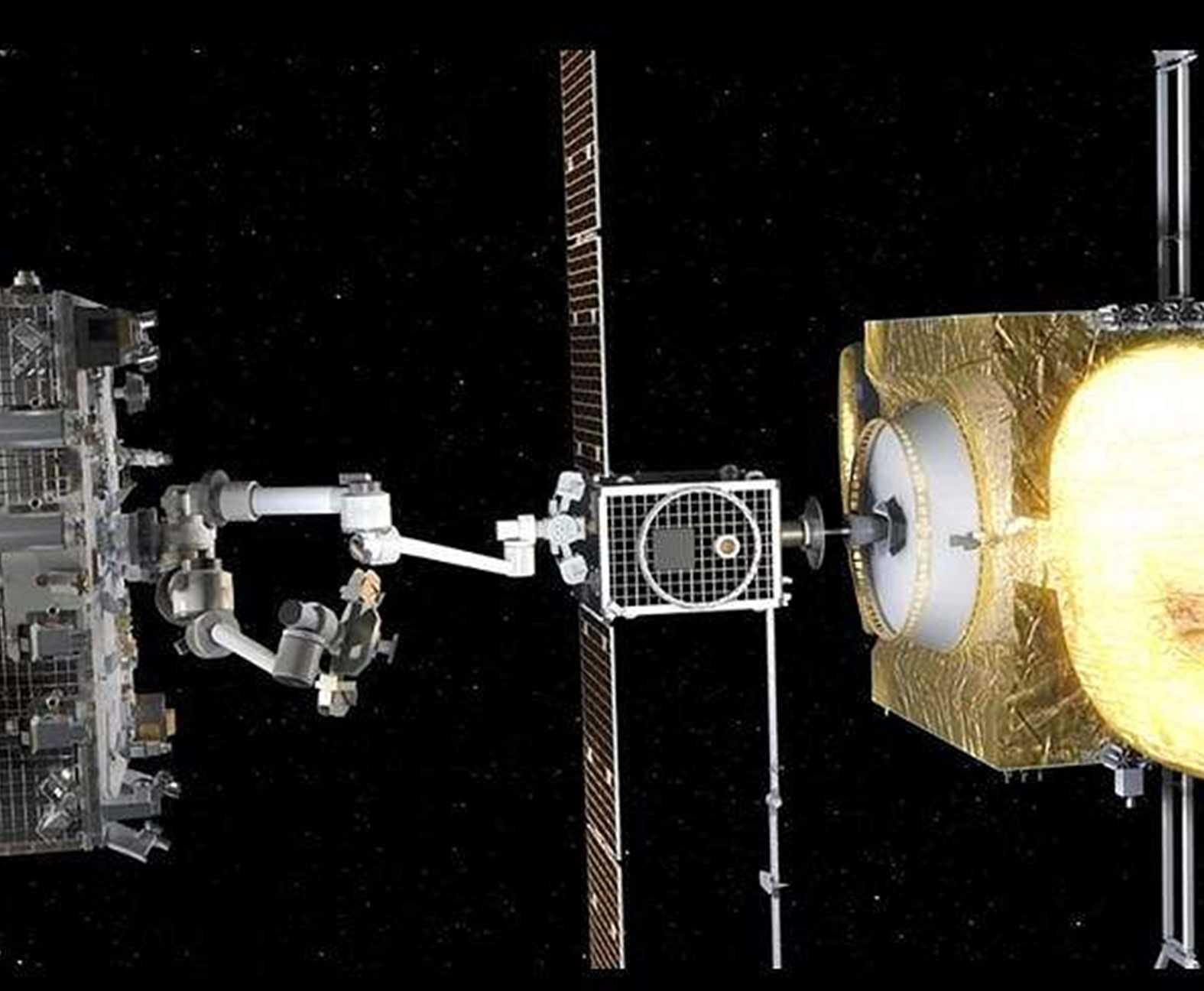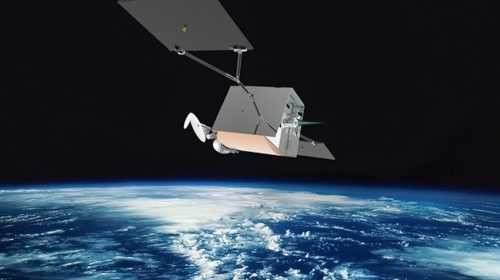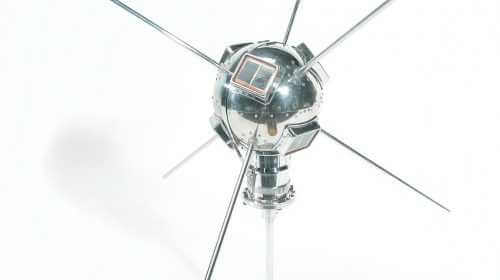MEP “Jet Pack’s” for Sale
Jul 19, 2023
Northrup Grumman’s SpaceLogistics is working with DARPA, the US Defense Advanced Research Projects Agency to control and manage their new “mechanic satellite.” DARPA has many amazing accomplishments, ranging from the invention of the internet to GPS, the graphical user interface (GUI), and even Siri. Now they are helping to develop a robotic payload, including advanced robotic arms, various robotic tools, navigation cameras and the software to control it all.
We have been following SpaceLogistics and their testing of the MEV or Mission Extension Vehicle. In Success of MEV Leads to MRV with MEPs we looked at how the MEV-1 approached and attached to Intelsat’s IS-901 satellite, took over its orbital control operations and moved the satellite from a graveyard orbit back to its GEO slot with enough fuel to operate another 5 or 6 years. A year later MEV-2 pulled off an even bigger accomplishment, docking with IS-10-02 while it was still operational, and with no disruption in signal to customers, MEV-2 enabled the satellite to provide service for another five years.
Although satellites in GEO orbits are quite stable, they are still impacted by gravity from the Sun, Earth and Moon, and fuel is required to keep them in a specific orbit. When a perfectly good satellite runs out of fuel, it must be discarded. The last bit of fuel remaining is used to push the satellite into a graveyard orbit. SpaceLogistics has demonstrated that these satellites can be refueled and relocated. Extending the life of the satellite allows investment into next generation platforms, rather than building replacements.
 SpaceLogistics’ Mission RoboticVvehicle (MRV) with robotic arms installs Mission Extension Pod (MEP) on an out-of-fuel satellite. Photo: SpaceDaily
SpaceLogistics’ Mission RoboticVvehicle (MRV) with robotic arms installs Mission Extension Pod (MEP) on an out-of-fuel satellite. Photo: SpaceDaily
Mission Robotic Vehicle (MRV)
Having demonstrated the technology, the company revised the product. The new “mechanic satellite” is called the MRV or Mission Robotic Vehicle. As the second-generation successor to the MEV, it incorporates a robotic module in place of the original MEVs docking system, thus providing more flexibility. The primary use of the MRV is to install MEPs (Mission Extension Pods), but with the new robotic arms, it will also be able to do robotic inspections, augmentation, relocation, repair, active debris removal, refueling and docking with non-standard client spacecraft.
The new robotic arms are far superior to the “Canadarm” operated by astronauts on the International Space Station (ISS). Equipped with two visible cameras, two infrared cameras, two light detection and ranging (LIDAR) sensors, the robotic arms can operate autonomously, performing inspection missions, orbital adjustments, and repairs and upgrades on spacecraft that were not designed to be grappled. This is where DARPA comes in, providing a significant amount of software and algorithms, to go with newly developed hardware. According to program manager Bill Vincent, speaking with “Breaking Defense,” “All of the avionics and all of the electronics and all of the software and algorithms that are needed actually to execute that mission go well beyond what anybody’s arm does.” DARPA is providing the payload for free to SpaceLogistics after all ground tests are completed. The robotic arms, when attached, will allow the MRV to roam about Earth orbit, and repair satellites on demand. DARPA provides the arms, but SpaceLogistics developed the MRV. The robotic arms are part of the MRVs payload, supporting DARPA’s project, the Robotic Servicing of Geosynchronous Satellites (RSGS) program, which is scheduled to be deployed in space in 2025. It is not the only payload on the MRV.
The partners have announced successful ground testing that consisted of complete environmental testing, flight qualification testing of the flight software suite operating and controlling the payload, and they completed performance testing on the robotic testbed, according to Vincent.
 The SpaceLogistics Mission Robotic Vehicle (MRV) uses sophisticated robotics to attach Mission Extension Pods (MEPs) to satellites. Photo: SpaceLogistics/Northrop Grumman
The SpaceLogistics Mission Robotic Vehicle (MRV) uses sophisticated robotics to attach Mission Extension Pods (MEPs) to satellites. Photo: SpaceLogistics/Northrop Grumman
Mission Extension Pod (MEP)
As part of the RSGS mission, the MRV will perform a series of tests using the robotic arm. After the testing, the MRV is intended to remain in orbit for a decade, to perform future repair tasks. In 2026, SpaceLogistics gets back to deploying MEPs, or mission extension pods, like what they did for Intelsat IS-901 and IS-10-02. Indeed, Intelsat has ordered two more MEPs, leaving one unit available for sale. The SpaceLogistic MEP “jet pack” will be installed by the MRV on yet to be named satellites in GEO orbit, adding six years of life. Commercial satellite customers purchase and own the MEPs and have full control over the MEPs once they are deployed. C band or Ku band telemetry is used for communication. The MEPs can even be removed and relocated.
Intelsat has bought into the concept, which prolongs revenues by extending the life of a fully functioning satellite. This improves financial performance for the company and defers the capital expenses to replace aging satellites. The customer is given the flexibility to adapt to changing market conditions, even redeploying satellites into different orbits, perhaps to break into new markets. In the event of launch failures or procurement delays, a MEP can keep an existing satellite in orbit, generating revenue.
While DARPA is not directly involved in the mission extension pods, nor pays for them, they present a practical demonstration for DARPA and the Space Force, as military requirements are very similar. The longer-term goal is for SpaceLogistics to collaborate with the Space Force to create satellite interfaces, that will permit direct repairs, instead of simply attaching a pod.





